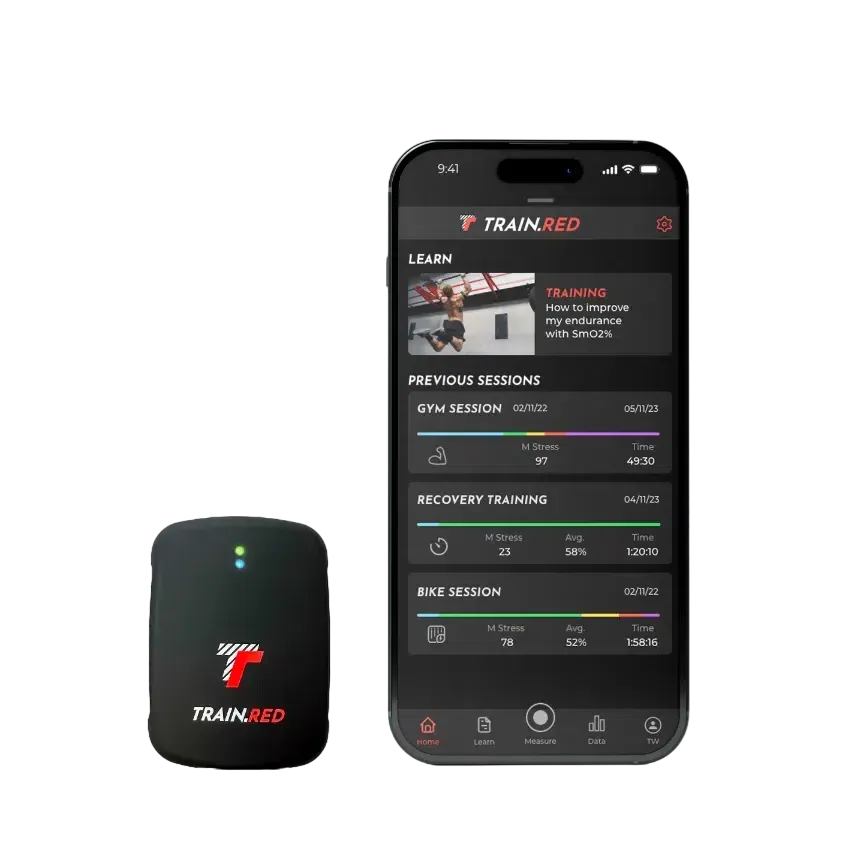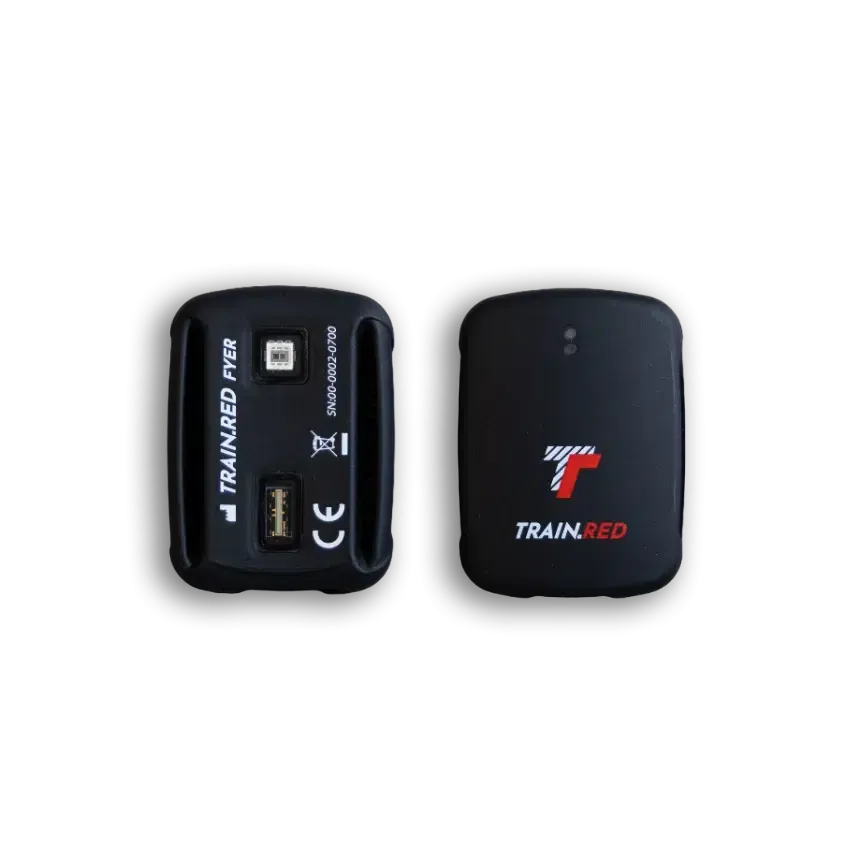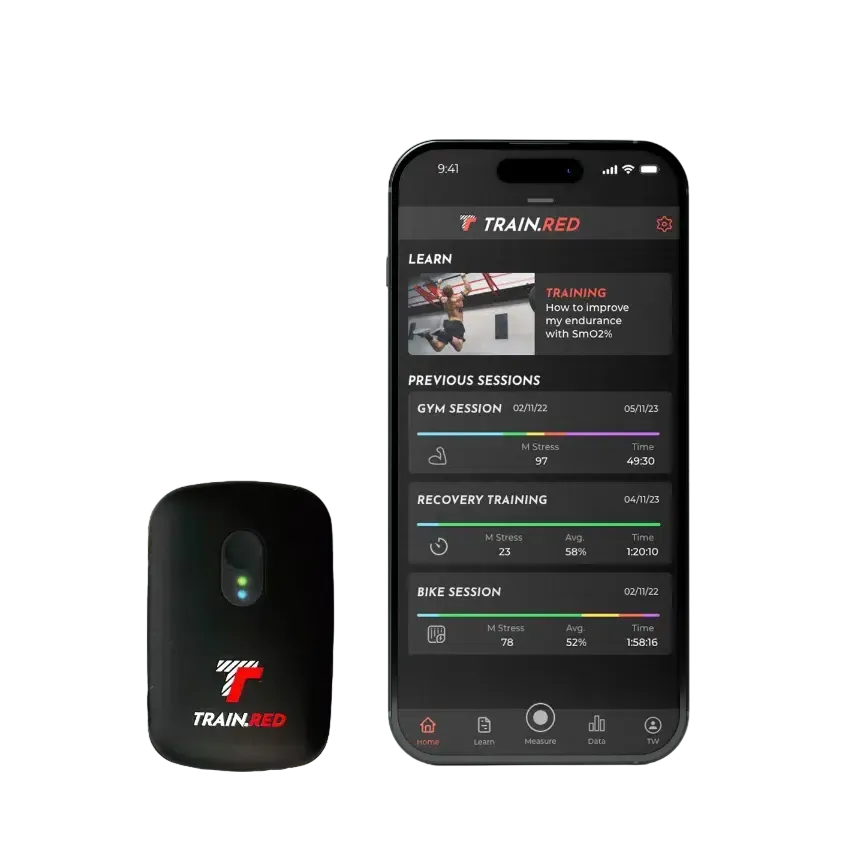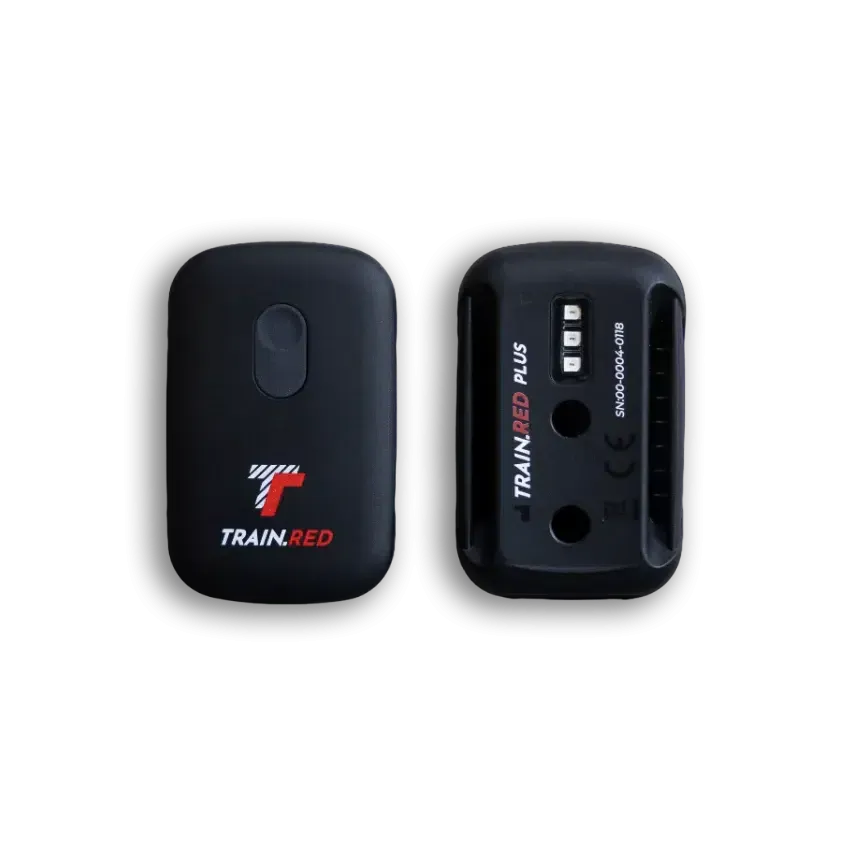
HOW-TO PERFORM A RUNNING EXERCISE TEST WITH TRAIN.RED
Exercise tests using Train.Red sensors allow individuals to monitor their body's reactions to exercise, track progress, and optimize training based on personalized zones. The tests focus on examini...

Zevenheuvelenloop: Why You Should Use Muscle Oxygen On Your Next Hill Run
This blog explains the experience of running a hilly race called 'De Zevenheuvelenloop' in the Netherlands and how muscle oxygen data can help understand the physical strain on the legs during such...

Marathon Rotterdam - Muscle Oxygen based Pacing
This blog discusses various methods to determine running pace for a marathon, including relying on coach instructions, previous results, data analysis, and running by feel. It emphasizes the import...
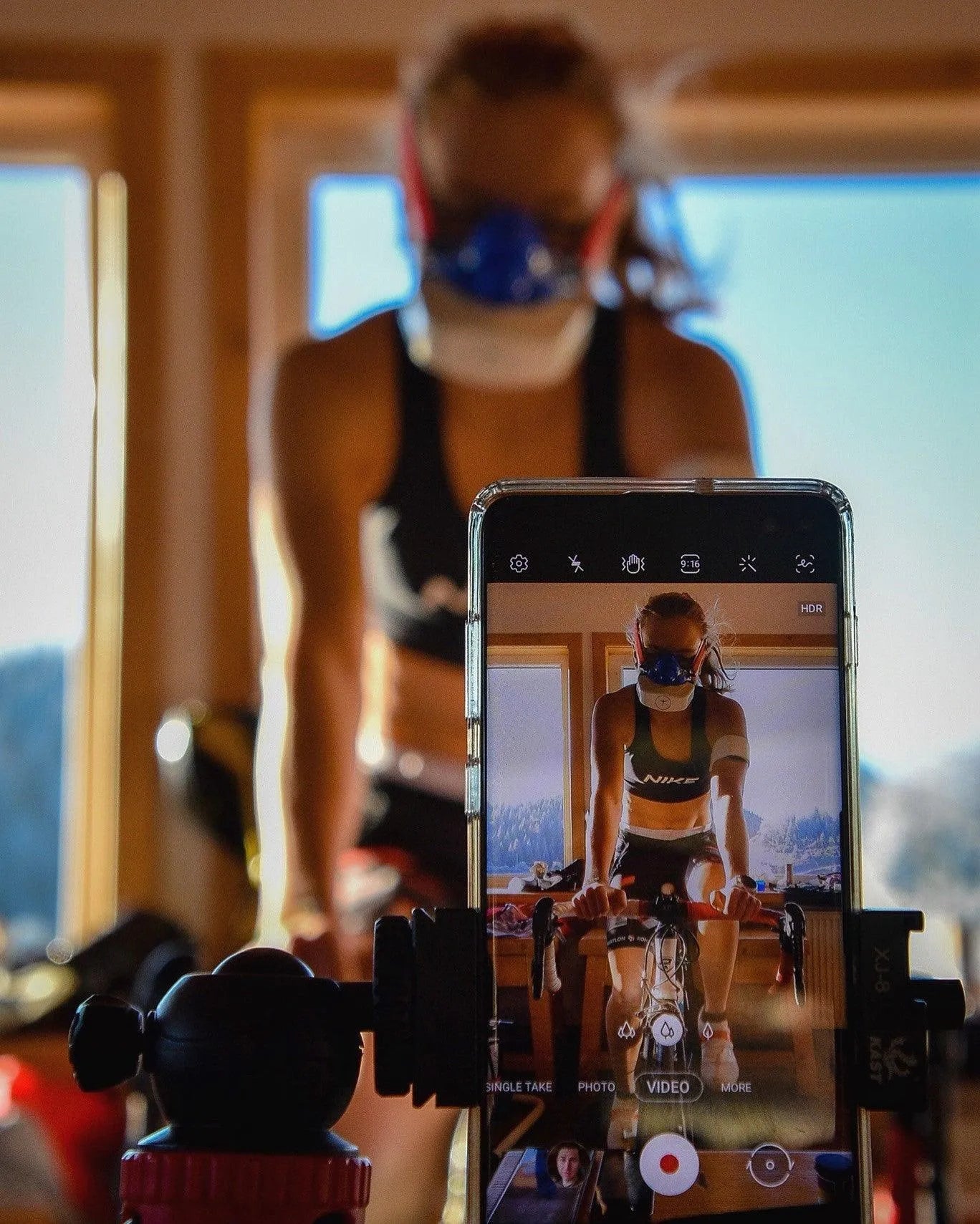
How intense was your training? Did you give it your all?
This blog discusses the subjective and objective measures of exercise intensity, focusing on Rate of Perceived Exertion (RPE) and heart rate. It highlights the limitations of RPE due to its subject...

